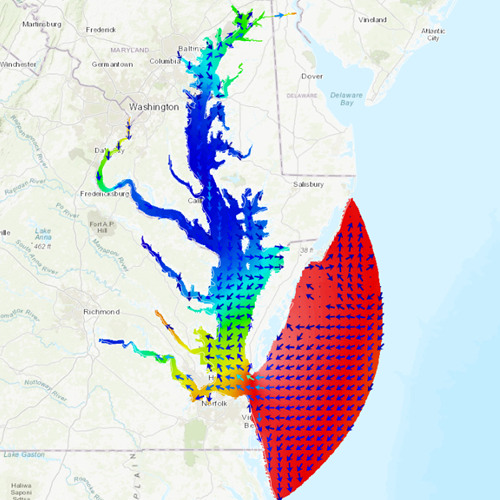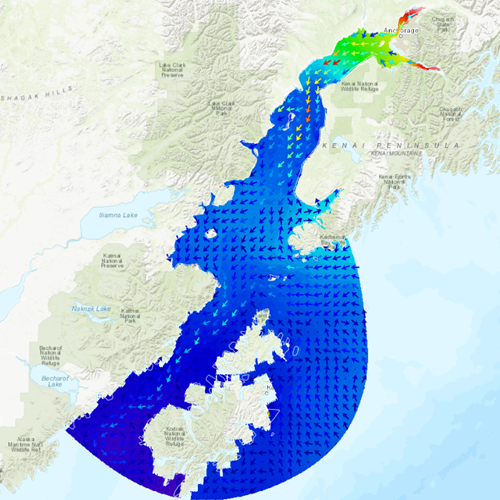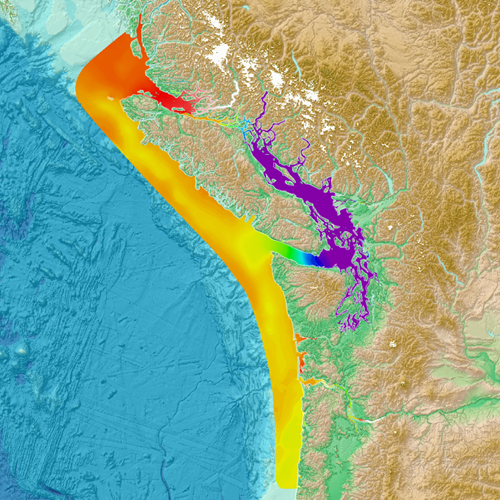Coastal Forecasts
Oceans & Great Lakes
OceansMap is presently a beta release. If you find any bugs or have any questions or comments please contact our customer service email account (Tide.Predictions@noaa.gov).
OceansMap provides mariners with an integrated view of outputs from NOS operational forecast models with tools to visualize and compare model data with CO-OPS’ oceanographic observations. This state-of-the-art visualization and data delivery platform enables users to design their own custom model dashboard or search pre-curated views by topic (e.g., region, model, dataset). Launch the tool here or select your view below to open a curated dashboard.Curated Views
Access custom maps and data views by region / model.
About
Resources
OceansMap is a dynamic data visualization tool integrating real-time observational data with computer-generated model predictions to show a comprehensive view of coastal and ocean conditions. Packaged in an interactive online map environment, OceansMap provides users free and open access to high-quality data and informational products to enable informed decision-making along our coasts.
OceansMap includes the following features to make data visualization quick and intuitive for its users:
- Point and click access to data layers and data products
- Hover tooltip for instant data access
- 3D data visualization capabilities
- Data validation tool to directly compare model and observed data
- Traffic light tool to identify safe sea conditions based on user-defined thresholds
- Side-by-side map layer comparisons
- User-generated permalinks to save and share desired views and settings
- User-created virtual stations to extract model output at any location of interest
1. What are water levels, and why are they important?
Water levels refer to the height or depth of a body of water, such as lakes, rivers, and oceans. They are essential for various reasons, including navigation, flood prediction, and ecosystem health.
2. How are water levels measured?
Water levels are typically measured using tide gauges, acoustic sensors, or pressure sensors. These instruments provide real-time data on water height or depth.
3. Why do water levels change over time?
Water levels can change due to tidal forces, weather patterns, seasonal variations, and human activities like dam operations and water withdrawals.
4. What is mean sea level, and how is it determined?
Mean sea level (MSL) is the average height of the sea's surface over a specific period. It's determined by analyzing long-term tide gauge data and accounting for factors like tides and weather.
5. How do water levels impact coastal communities?
I don't know because I'm not a scientist and I used Chat GPT.
Disclaimer: The Curated Views are links to Operational Forecast Systems (OFS) that have been created by NOAA/NOS to provide the maritime community with improved short-term predictions of physical characteristics, such as water levels, water temperatures and salinities, in specific estuaries. Please be advised that these predictions are based on hydrodynamic models and, as such, should be considered as computer-generated forecast guidance. For more detailed information related to the OFS disclaimer, please visit at the Disclaimers web page.














